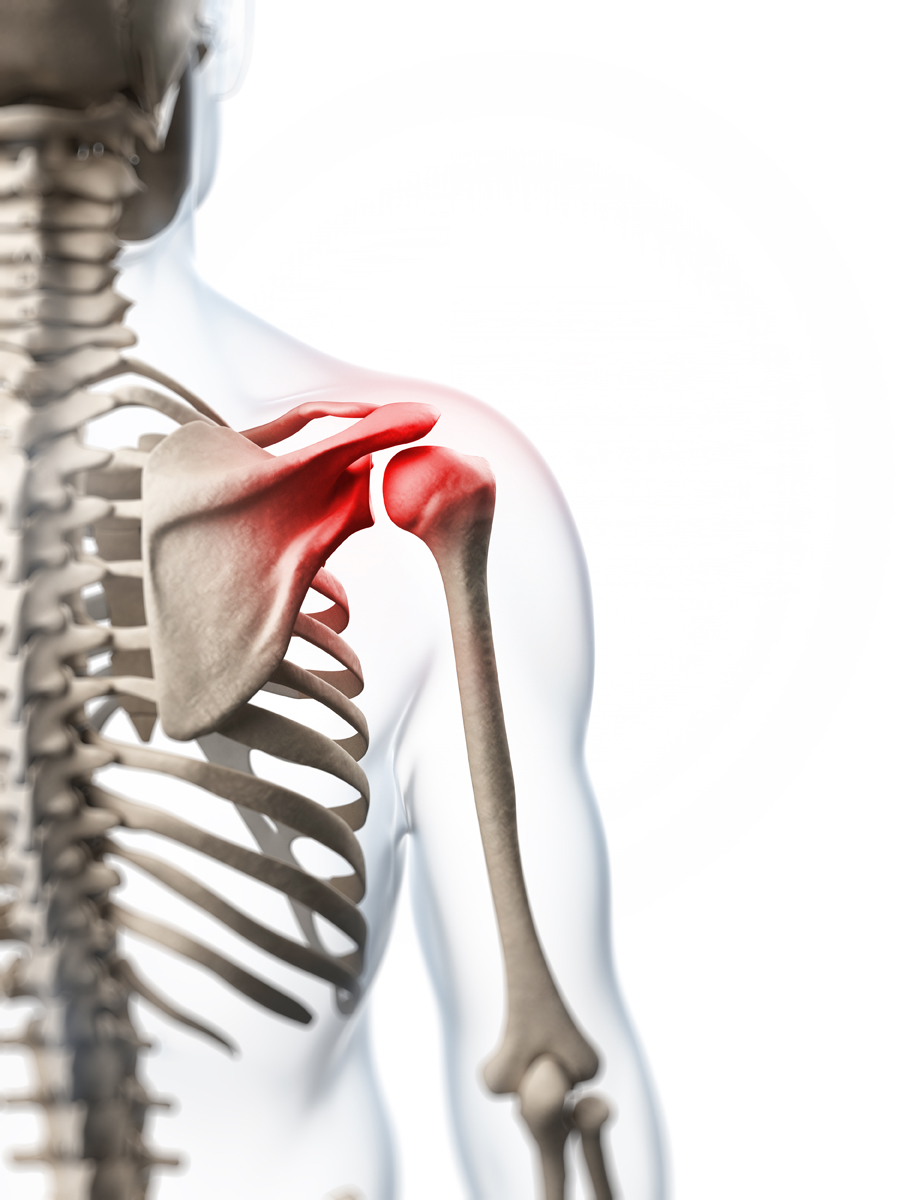When patients come to me with shoulder pain, I begin a screening examination to decipher what is wrong (i.e. what tissues are involved). Typically, a shoulder pain that has become chronic (more than 6 weeks in duration) will involve the tendons of one of the Rotator Cuff Muscles, or Subacromial Bursa. Regardless of the initial injury, the longer a person lives with shoulder pain, the more tight and sore the shoulder becomes until even regular daily activities will become so painful that it is difficult to wash their hair, tuck in a shirt, or reach behind them into the back seat of the car. If these movements are painful or impossible, it is likely that there may be a Rotator Cuff tear and/or inflammation.
The problem with the diagnosis from MRI stating Rotator Cuff “Tear” is to a layperson, misleading. When people think of a tear, they think “ripped off of” or “completely severed.” However, in the language of medicine and radiology, “tear” means overstretched and inflamed. Only when a Radiologist uses the terms “complete rupture” or “detached” does he mean what most people think of as a tear. My reason for pointing this out is to impress upon you that so long as the tear is not a complete rupture, there is hope for healing without surgery.
The Rotator Cuff is a group of 4 muscles that are responsible primarily for internal and external rotation of the humerus in the shoulder socket. With this in mind, my examination involves range of motion, palpation, and stretching. If I have determined that the Rotator Cuff is involved, I typically need to assure the patient that we fix these all the time and save people from surgery. Rotator Cuff surgery is very common and many times can be avoided if the tension accompanying shoulder injury is alleviated in a way that the damaged muscles and tendons can have a chance to heal. My favorite therapy for this is Laser treatments because of the immediate relief it gives, and the accelerated speed that it helps these tendons heal. Massage therapy is also typically utilized to reduce stress and relax the shoulder muscles, allowing for more fluid movement. As the tension in the shoulder reduces, movements become less and less painful, the person’s range of motion improves, and healing occurs.


Recent Comments